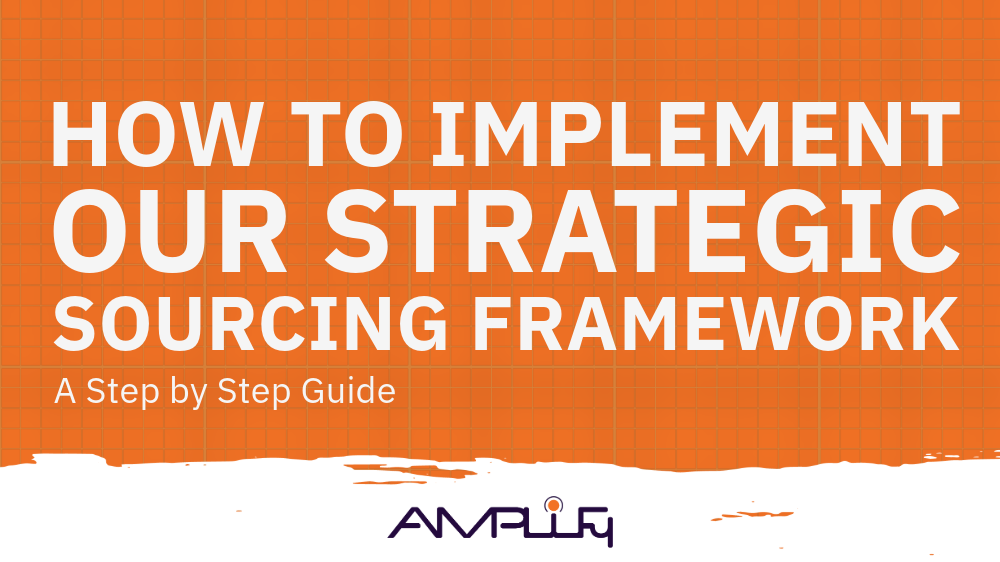3 reasons adoption of robotic process automation is on the rise
The average knowledge worker has a lot of repetitive and mundane tasks that are manual, dreary, uninteresting and take up a lot of time. Robotic process automation (RPA) software robots help to perform such time-consuming tasks by mimicking the way humans interact with applications through a user interface.
RPA removes the robot from the human, freeing them to focus on more important strategic tasks that require emotional intelligence, reasoning and judgment.
Most cost optimization and efficiency improvement initiatives have reduced costs through standardization and centralization. However, that prevents the business from being nimble and agile when reacting to business opportunities and changes in the ecosystem.
On the other hand, RPA can have a wide-ranging impact on a company’s operations and competitive positioning such as economic value, workforce advantages, quality and control improvements, and flexible execution.
Hence, demand for RPA tools is growing quickly, at 20-30% each quarter, according to Gartner , which refers to RPA tools as “gateway technologies” or “surface tools” because they just begin to skim the surface of the larger intelligent automation services market.
RPA is used extensively in banking, finance and accounting, insurance, retail, manufacturing and telecom sectors. Some noteworthy vendors include Automation Anywhere, Blue Prism, EnableSoft, Kryon Systems, NICE, Openspan (a unit of Pegasystems), Redwood Software and UIPath.
Here are the top three reasons why RPA use is on the rise:
Allows more control, accuracy
One of the biggest advantages of using RPA tools is that they are relatively low-cost, quick to implement and unobtrusive. The user who is looking to automate a particular task need not have programming expertise.
With a few weeks of training, people with business operations experience and subject matter expertise can start automating processes with RPA tools.
It is also a relatively lightweight IT operation and does not disturb underlying computer systems. This leads to adoption of RPA within business operations rather than something brought by the IT to the business, leading to lower costs of deployment.
The best part is that a proof-of-concept RPA project may take as little as two weeks. It could be up and running within four to eight weeks, depending on its scope and complexity.
Since it minimizes manual processes and reduces errors while filing paperwork, RPA robots are more accurate than humans. Cognitive RPA will help in business continuity as automation will lead to enhanced disaster recovery processes. As compliance requirements can be embedded into RPA’s automated rules, it will reduce internal risks to data and processes.
Reduces people costs
According to EY , 65% of HR rules-based processes can be automated and 93% of HR employees’ time is spent on repetitive tasks. The big advantage of RPA is that robots are able to use the existing HR processes and systems.
Robots can easily take care of repetitive tasks and compared to humans, they cost less as well. The cost of an RPA robot will range from $5,000 to $10,000 annually.
Most often, a robot can easily do the job of three to five workers, thus helping to save on employee costs. PwC estimates that 45% of work activities can be automated, and this automation would save $2 trillion in global workforce costs.
Cognitive RPA will also present opportunities to redesign jobs and reassign people to higher-value roles. Most companies who have to deal with seasonal/transactional demand for workforce rely on RPA robots as they can execute a process that can easily be scaled up or down.
Also given that a software robot can cost as little as one-third the price of an offshore FTE , RPA offers an alternative to some BPO relationships.
Uses data to improve service
Intelligent technologies can learn and make decisions beyond their initial programming. As RPA can quickly generate and gather data, combining it with intelligent technologies makes the learning process a lot faster.
RPA can be used across industries and will also help in auditing as the robots record and monitor their own steps as they execute automated workflows. More importantly, RPA can contribute to Big Data and uncover valuable business insights and trends.
For example, in the case of a financial company, RPA can reveal transaction process times, the number of automation activities processed and the outstanding. This will reveal bottlenecks in business operations and help in creating financial forecasts and budgets.
RPA is already disrupting industries and is delivering significant benefits that the businesses will find hard to ignore. The technology is gaining traction as a cost-effective alternative to traditional systems integration and is projected to become a $5 billion market globally by 2020, with a CAGR of over 60%, according to Deloitte.
The key to delivering rapid success in the deployment of RPA solutions is finding the right balance between technology and skilled staff. Businesses must be prepared to manage the significant technological and cultural challenges that will follow large-scale deployment of RPA.




